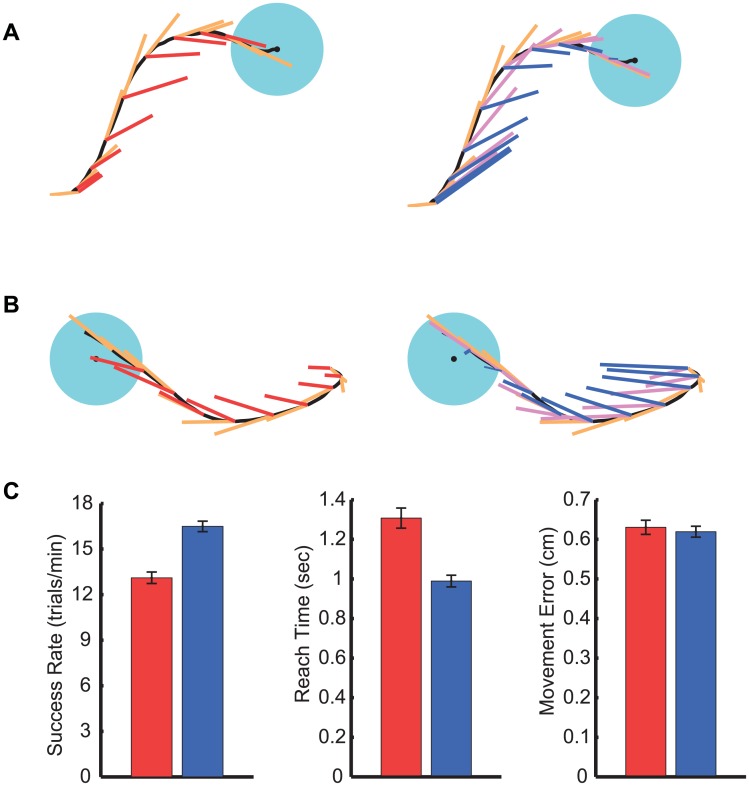Fig 4. OFC intention estimation results in higher PPF performance.
(A, B) Sample decoded trajectories (black), the decoded velocities (orange), and the inferred intended velocities by the N-OFC model (magenta) and the instant-OFC model (blue) on the right and by the existing CursorGoal method of intention estimation (red) [20] on the left. The latter method [20] obtains the intended velocity by rotating the decoded velocity vectors towards the target while keeping their speed unchanged (the speed is set to zero at the target). Since the instant-OFC model outperformed the N-OFC model, we used the former for intention estimation. (C) Steady-state performance of the PPF decoder trained using the OFC method of intention estimation (blue) vs. the CursorGoal method of intention estimation (red). Bars indicate average values and error bars indicate s.e.m..

